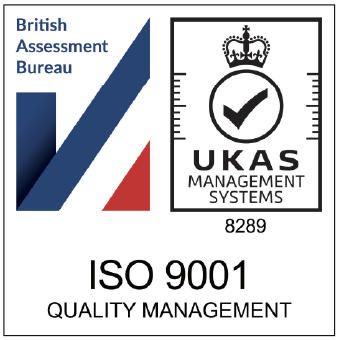When it comes to your order fulfillment process, getting it right can be the key to unlocking realms of new growth for your eCommerce business.
If it runs like clockwork, you can maximise your order capacity, allowing you to expand your reach and bring in as much revenue and profit as possible from a tribe of happy customers.
Get it wrong, and you could end up with a backlog of unfulfilled orders, a swamped customer service team and even some bad online reviews to deal with.
You might not have realised it when you first started your business, but your order fulfilment process really can make or break you.
So, what is the key to getting it right?
What steps are there in the order fulfilment process?
First of all, let’s break the eCommerce order fulfilment process down into the most fundamental steps:
- Goods come in to your warehouse
- The inventory is properly stored
- Items are picked and packed according to orders
- The parcel is shipped to the customer
- Any returns are processed
This is the order fulfillment process in a nutshell. But at every step, there are multiple cogs turning to ensure sticking points are kept to a minimum.
What Are The Key Factors to a Successful eCommerce Order Fulfilment Process
Good inventory storage and management
Your order fulfilment process begins when your goods arrive at your warehouse ready for sale.
This may be the first step in the chain, but it is vital to making a successful fulfilment process. Every item should be recorded in your inventory management software system, giving you an accurate view of exactly what your stock levels are.
We have a blog covering all the benefits of having a good inventory management system with more information.
Streamlined picking and packing
Along with keeping track of your inventory, you also need to organise it effectively, too. By using your inventory management software, you can get an idea of which items are purchased most regularly, or if any tend to be bought together. These items should then be placed near each other or at the most easily accessible point in your warehouse.
When orders come in, you want to keep the picking and packing process as streamlined as possible. So, you will need clear SKUs and packing slips so the warehouse team can quickly identify the correct items.
On top of this, you should also make sure that the steps from picking to packing and through to shipping are all as seamless as possible. Being able to find the status of each order ensures that nothing gets lost along the way.
Flexible shipping options
Shipping is a huge component in the order fulfilment process – for both the customer and your eCommerce business. By this we mean, it should work for you both.
When it comes to your customer, they want options. Whether they want shipping for free or are happy to pay to have it the next day, the cost and time it takes to get their hands on their item can be the deciding factor in making their purchase.
Because of this, more and more eCommerce stores are making it a priority to offer flexible shipping options to their customers.
In fact, we have a whole blog post on the reasons why an improved shipping process can give you a competitive advantage.
Of course, this presents some challenges for your order fulfilment process. With multiple delivery options across different orders, you need to keep track of them to ensure they are shipped according to the customer’s choice. For those who have paid for next day delivery, these also need to be prioritised to meet any shipping deadlines.
A seamless reverse logistics process
A lot of eCommerce businesses see returns as a big problem to be solved. But, it needn’t be that way at all.
Returns are an unavoidable part of running an eCommerce store. What’smore, they can even be good for your business. By offering your customers a good return policy, you can actually encourage more customers to make a purchase. If they had a good returns experience, they are even more likely to buy from you again.
In order to keep your customers happy with your returns policy though, you need to master reverse logistics.
A lot goes into this, from providing customers with returns labels and covering the cost of postage, to ensuring items are swiftly placed back into, or removed from, your inventory.
The longer an item is in transit, the more it will eventually cost you – whether it leads to over-ordering or becomes obsolete stock. So, don’t allow returns to build up without properly dealing with them, either.
For more, read our full article on how to best manage returns for your eCommerce store.
P.S, if you want to chat about how to make a success of your order fulfilment process, contact 3PL today
More order fulfilment advice from our blog…
How Do I Choose The Right Order Fulfilment Partner?
Speak to 3PL about your eCommerce order fulfiment
It’s time to supercharge your ecommerce brand business and overtake your competitors. Speak to 3PL today and find out how we can take your ecommerce fulfilment to the next level.


